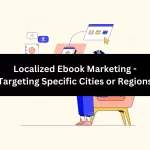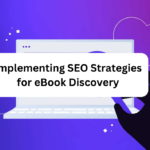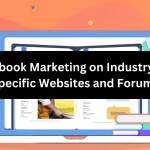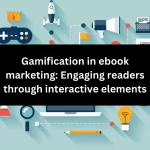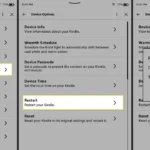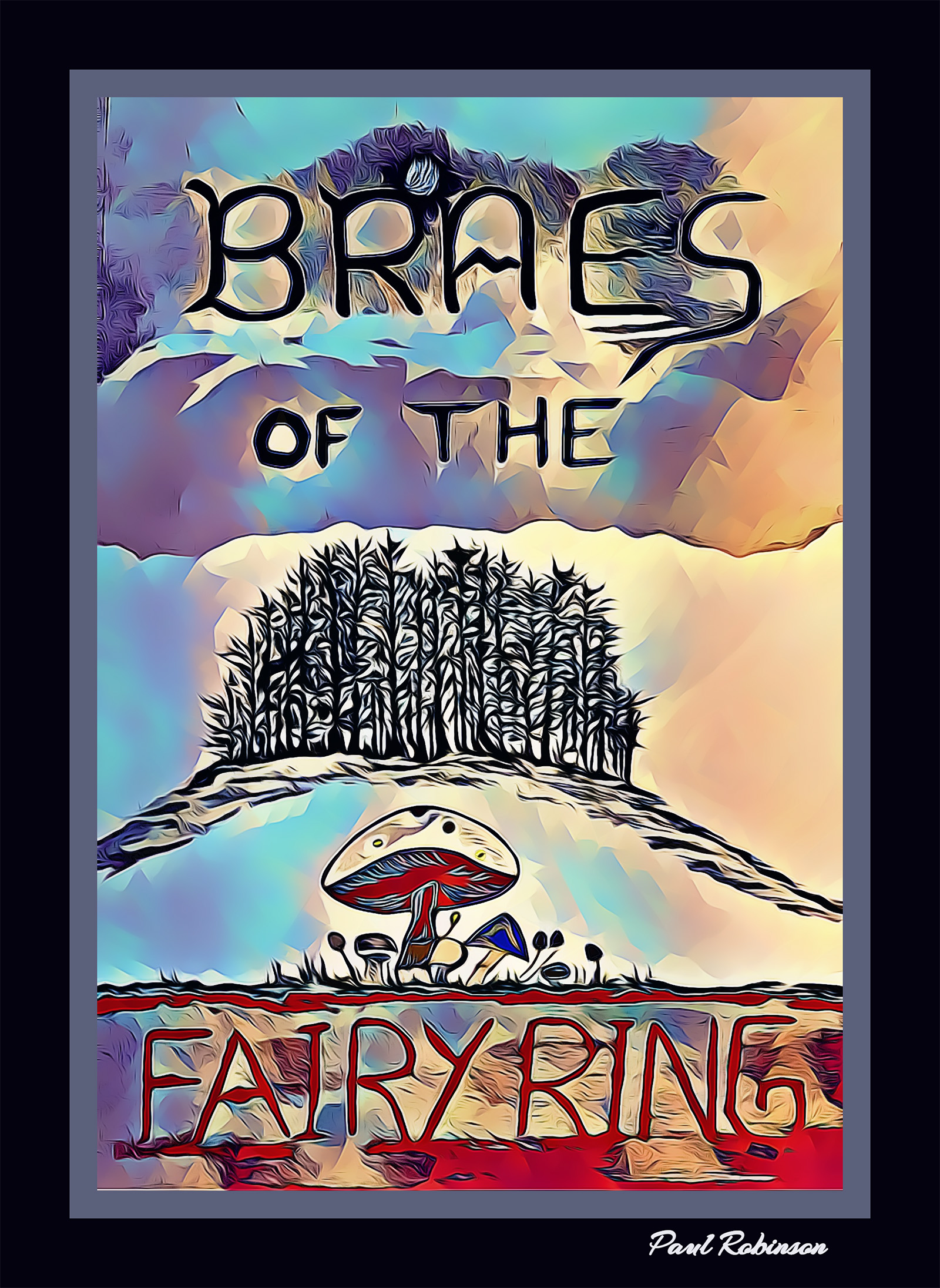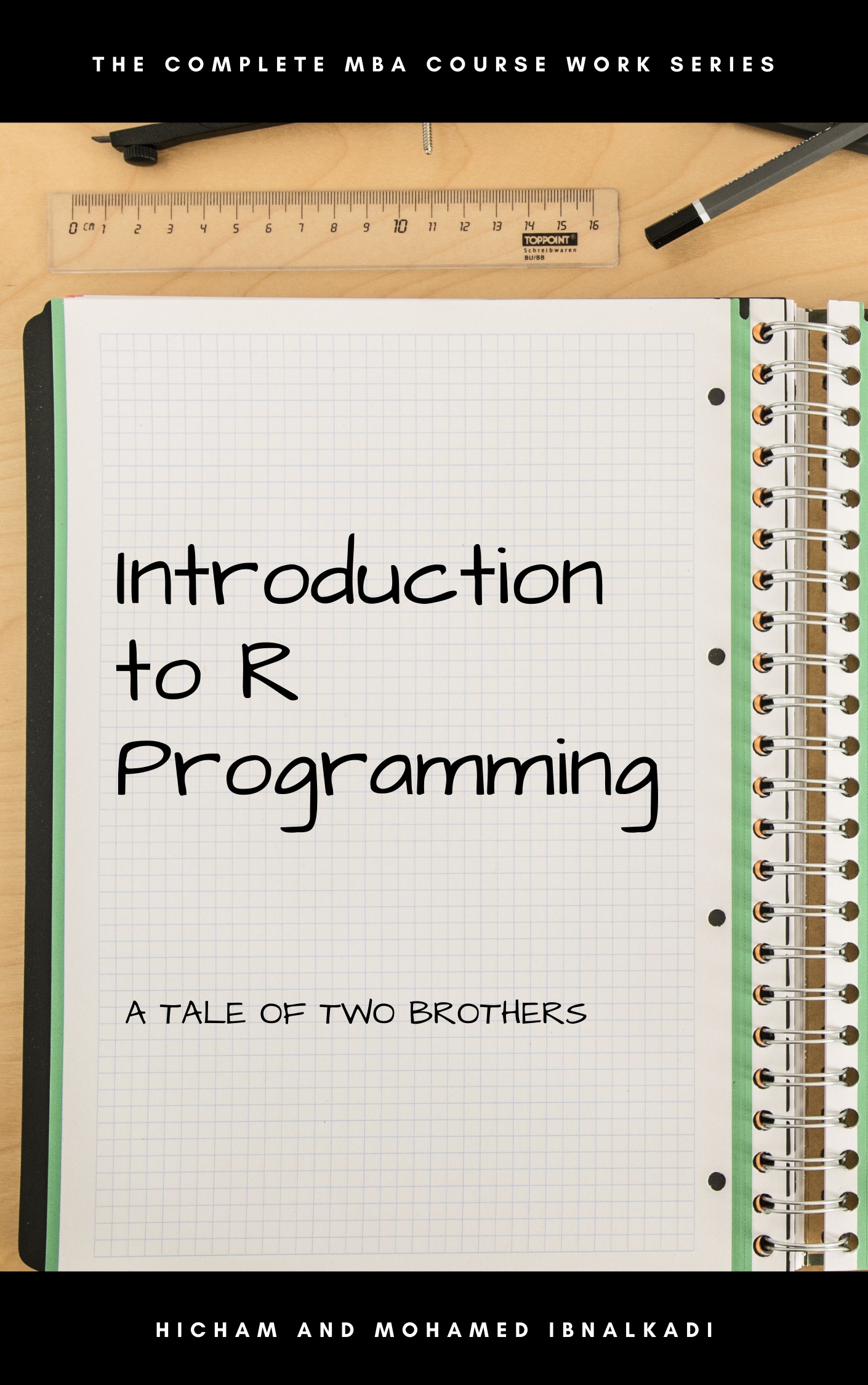Introduction
Are you an author or content creator looking to boost your ebook sales? Look no further! In this guide, I’ll share my personal experience and proven strategies to help you build an email list that drives successful ebook promotion. With a targeted email list, you can connect directly with readers, nurture relationships, and increase your conversion rates. Let’s dive in!
Content
Benefits of Building an Email List
As an author or content creator, building an email list can be a game-changer for your ebook promotion. Let’s explore the key benefits that come with having a strong and engaged subscriber base.
1. Increased Reach
With targeted email campaigns, you have the power to reach a wider audience. By segmenting your subscribers based on their interests and preferences, you can deliver tailored content directly to their inboxes. This enables you to capture the attention of potential readers who are more likely to engage with your ebook.
Highlighting the potential for increased visibility and exposure is crucial here. Imagine being able to showcase your latest release or promotional offer directly in front of eager readers who are genuinely interested – it’s like having a virtual bookshelf dedicated just for them.
You may also like this: Localized Ebook Marketing – Targeting Specific Cities or Regions
2. Direct Communication Channel

Having direct access to readers’ inboxes is a major advantage when it comes to promoting your ebook effectively. Unlike social media platforms where algorithms may limit your reach, emails provide a personal touchpoint between you and your audience.
This direct communication channel allows for personalized messaging tailored specifically to each subscriber’s needs and interests. You can send updates about new releases, exclusive discounts, or even ask for feedback – fostering better engagement while strengthening relationships with your readers.
3. Higher Conversion Rates
Nurturing relationships with subscribers through regular email communication has been proven time and again as an effective strategy for boosting conversion rates. When people feel connected and valued by an author they admire, they are more likely to take action – purchasing ebooks being one of them!
To support this claim, let me share some statistics: studies have shown that authors who actively engage their email subscribers experience higher conversion rates compared to those solely relying on other marketing channels. These numbers speak volumes about the impact of maintaining an engaged email list.
Strategies to Build Your Email List
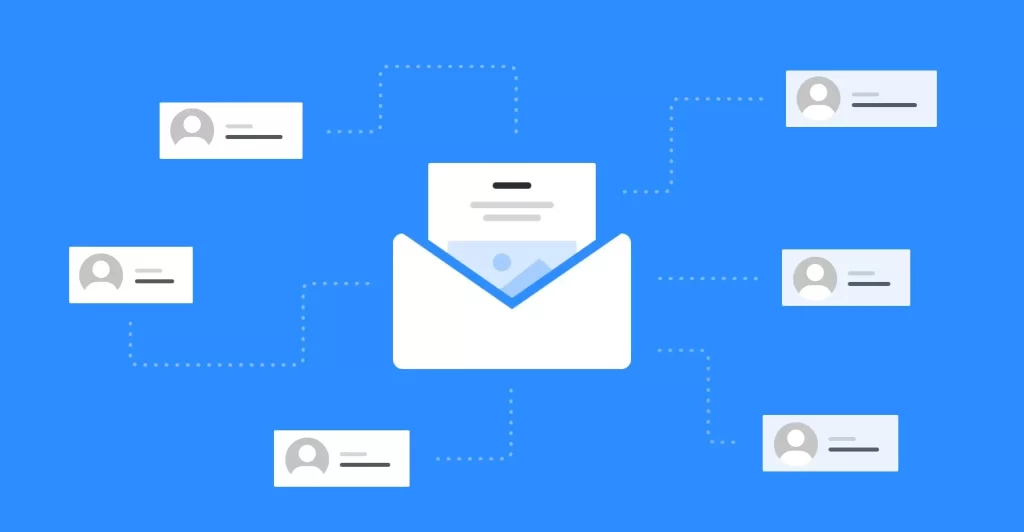
Are you ready to take your ebook promotion to the next level? Let’s explore some powerful strategies that will help you build an email list of engaged subscribers who are eager for your content.
1. Create Valuable Lead Magnets
Lead magnets play a crucial role in attracting subscribers. These irresistible freebies entice readers to join your email list by offering something valuable in return. Think of lead magnets as the golden ticket that opens the doors to your exclusive world of content.
To create compelling lead magnets, consider offering free ebooks related to your niche or genre. Checklists and templates can also be incredibly useful resources for readers seeking guidance or organization. Another effective approach is providing exclusive content offers such as bonus chapters, behind-the-scenes insights, or access to a private community.
2. Optimize Website Sign-Up Forms

Designing eye-catching sign-up forms is essential for converting website visitors into loyal subscribers. Make sure your forms stand out and grab attention without being intrusive. Experiment with different placement options like pop-ups or sidebar widgets while keeping user experience in mind.
A/B testing can be a game-changer here – it allows you to compare different versions of sign-up forms and identify which ones yield higher conversion rates. By continuously refining these forms based on data-driven insights, you’ll optimize their effectiveness over time.
3. Use Social Media Channels
Leverage the power of social media platforms as promotional tools for your ebook offer. Engage with potential readers by sharing captivating snippets from your book, intriguing quotes, or thought-provoking questions related to its theme.
Running contests/giveaways not only generates excitement but also encourages participants to subscribe and engage with your email list actively. Hosting webinars/workshops provides an opportunity for real-time interaction with interested individuals where they can learn more about you and what makes your ebook special.
4. Collaborate with Influencers/Partnerships
Partnering with influencers or complementary businesses/authors can give your email list a significant boost. Seek out influencers or authors who share a similar target audience and collaborate on cross-promotions, guest blog posts, or joint giveaways.
By tapping into their established networks and leveraging their credibility, you’ll gain exposure to a wider audience that may be interested in your ebook. This strategic collaboration helps build trust with potential subscribers who are already engaged with the influencer’s content.
Incorporating these strategies will help you build an email list packed with eager readers ready to engage with your ebook promotions. Now let’s dive deeper into each of these tactics!
Recommended for you: Implementing SEO Strategies for eBook Discovery
Conclusion
In today’s digital age, building an email list is a powerful strategy for effectively promoting your ebook. By implementing the strategies discussed, you can expand your reach, establish direct communication channels with readers, and achieve higher conversion rates.
Remember that valuable lead magnets entice subscribers to join your list by offering exclusive content or resources. Optimize website sign-up forms to capture visitors’ attention and encourage conversions. Leverage social media platforms to engage with potential readers and collaborate with influencers or partners to amplify your reach.
How do I set up an email sign-up form on my website?
To set up an email sign-up form, you can use popular email marketing platforms like Mailchimp or ConvertKit. These platforms provide easy-to-use tools and plugins that allow you to design and embed sign-up forms on your website. Simply create an account, customize the form according to your branding, and copy the generated code into your website’s HTML.
What is double opt-in and should I use it for my email list?
Double opt-in is a two-step process where subscribers confirm their subscription by clicking a verification link sent via email after they initially sign up. It adds an extra layer of consent and helps ensure higher-quality leads in your list. Using double opt-in is recommended as it reduces the chances of fake or mistyped emails entering your database.
How can I segment my email list based on reader interests?
Segmenting your email list allows you to send targeted content based on specific reader interests. You can achieve this by providing options for subscribers to select their preferences during the signup process or through subsequent surveys conducted within emails themselves. Once collected, utilize these preferences when crafting personalized campaigns suited to each segment’s unique needs.
Is it necessary to comply with data protection regulations when building an email list?
Yes, absolutely! Complying with data protection regulations such as GDPR (General Data Protection Regulation) or CCPA (California Consumer Privacy Act) is crucial when collecting personal information from individuals residing in those regions. Ensure that you have proper consent mechanisms in place, clearly state how subscriber data will be used, offer easy unsubscribe options, and handle all user information securely.
How often should I send emails to my subscribers?
The frequency of sending emails to your subscribers depends on various factors, including the nature of your content and audience preferences. It’s important to strike a balance between staying engaged with your readers and avoiding overwhelming them with excessive emails.

As an aspiring poet, Allen’s wordsmith skills shine through. He reviews and discusses poetry collections, celebrating the power of verse in our lives.

